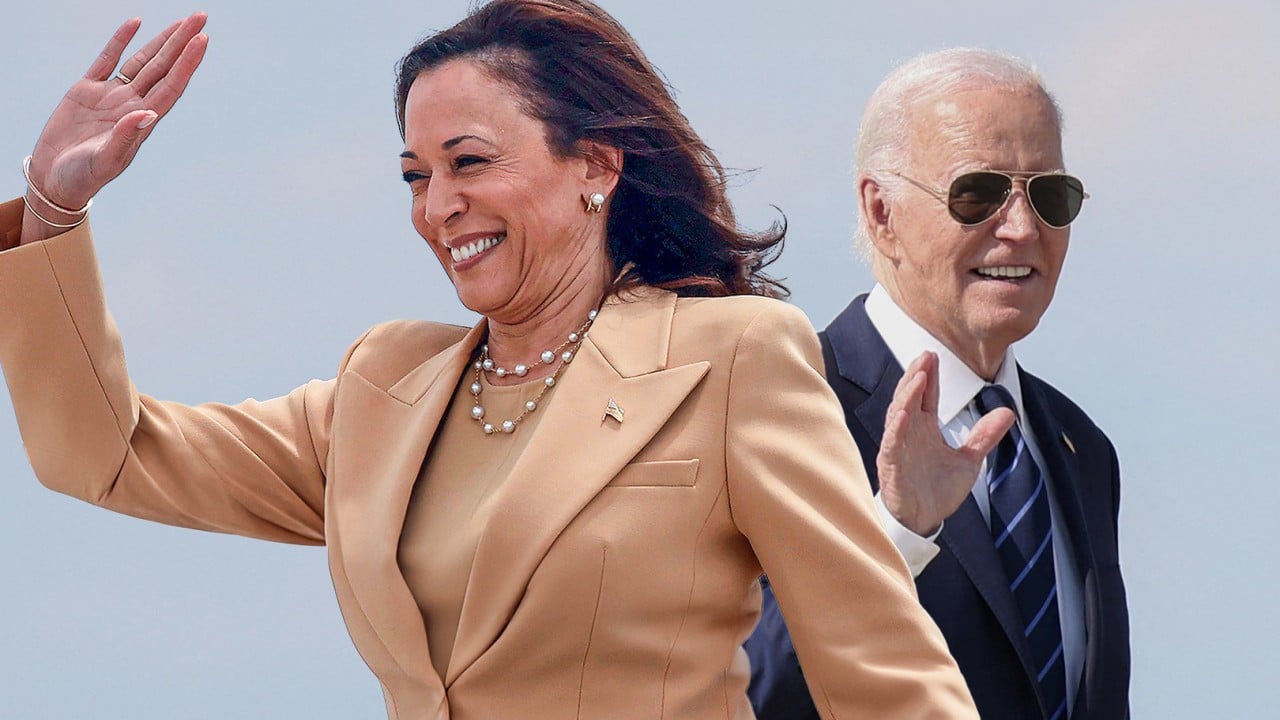In her first major interview as the Democratic Party’s presidential candidate, US Vice-President Kamala Harris said she would not ban fracking, a reversal of her position during her first presidential run in 2020.
Advertisement
The discourse around November’s election is going beyond the usual issues of illegal migration or the need for tougher laws on guns and crime. This year, hydraulic fracking is taking centre stage.
Fracking involves injecting water, sand or chemicals into a well to break up tightly packed bedrock and sand under the surface of the ground, enabling the extraction of natural gas and crude oil. It can also be used to extract oil and gas from under the seabed.
This technology has significantly lowered costs for shale oil, by some estimates down from as high as US$90 per barrel to nearly US$30 per barrel. It’s easy to see why this is an important issue to US voters as cheaper extraction costs can mean lower energy bills for consumers.
According to the US Energy Information Administration (EIA), there were around 23,000 fracking wells in the United States in 2000. That number rose to 300,000 wells by 2015, representing half of US crude oil production.

